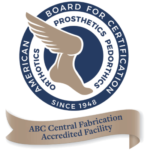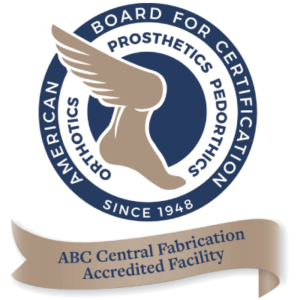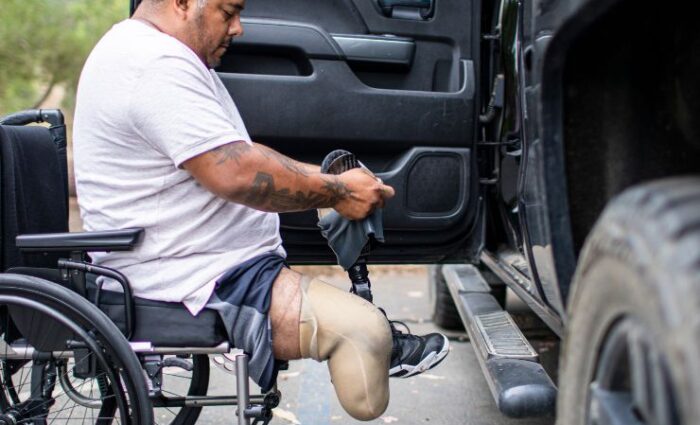A few tips for traveling with a prosthetic.
In case you weren’t already aware, traveling with a prosthetic can be a bit difficult at times. Not understanding what you’re up against can lead to extended delays or inconveniences that could’ve been easily avoided. This is especially true when dealing with the airport and their long list of rules and regulations.
To help you avoid any problems, let’s take a look at some travel tips that will help make your trip go more smoothly.
Get to the Airport Early
If you’re taking a trip by plane, then you should arrive at the airport with plenty of time to spare. Airport security and the TSA understand how to deal with certain medical conditions, but they’ll want to check your prosthesis before you board the plane.
To get through the process as quickly and efficiently as possible, be sure to wear loose-fitting clothing and slip-on shoes to make it easier to show your device. If this is a little difficult or you’d prefer not to have it checked in front of everyone, you may want to ask for a private screening.
Pick Your Airport Connections Wisely
When an amputation consists of the lower body, including below-knee amputations, pelvic amputations, etc., you’ll expend a lot of energy walking. With some airport connections, the walk can be quite long and, as these things often go, there may not be a lot of time between flights. You must be aware of flight times and walking distance so that your layover is long enough to avoid complete exhaustion or – even worse – missing your flight.
Consider Alternate Travel
Flying is the fastest way to travel, but thanks to all the regulations involved, it can also be the most annoying or dismaying when dealing with a prosthetic. If you want to avoid this altogether and you’re not going an excessive distance, then you may want to consider a train or bus, both of which have restrictions and safety checks, but done through a faster process.
You may also want to take a road trip, which can be a lot of fun and may lead to an enlightening vacation if you make stops along the way.
Bring Some Spare Parts and Supplies
No matter how long your trip will be, you should always pack spare parts and supplies. This may include screwdrivers, spare screws, and anything else that you may need to keep their prosthetic devices working properly. Also, if a bag contains only medical devices, check with the airport to ensure you can take these items on the plane.
Use a Carry-On If You Can
The last thing you want is to have an airline lose your baggage containing a prosthetic device or spare parts. Even if they locate the baggage afterwards and send it directly to you, this can be a huge hassle – especially if you don’t have anyone back home who has access to what you need and can send it to you. If possible, keep a detached prosthetic or parts close to you in a carry-on bag and place it in the bulkhead above your seat.
Take Items for Prosthetic Hygiene
Another thing you must consider when traveling with a prosthetic is hygiene. This is especially true if you’re a recent amputee because you might not think of these simple changes in your travel plans. Recommended items include chlorine wipes, rubbing alcohol, skin ointments, and basically anything that your doctor recommends.
Grace Prosthetic Is an Industry Leader in Central Fabrication and Prosthetic Development
Grace Prosthetic Fabrication is an industry leader in central fabrication, 3D printing, and prosthetic design. We hope these tips will make traveling with a prosthetic much easier. Speak with your doctor today if you need a prosthetic and choose Grace for your fabricator.






